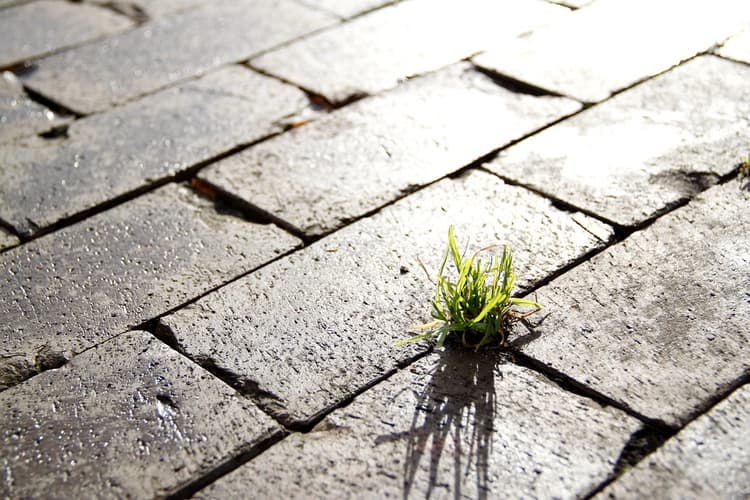Methods to Reduce Urban Runoff
Grace Taylor
5 min read
Listen to this study note
Study Guide Overview
This study guide covers urban runoff, focusing on its definition, comparison to natural water flow, negative impacts (reduced groundwater recharge, increased freshwater input to marine systems, pollution, erosion, flooding, and harm to aquatic life), and mitigation strategies (increasing water infiltration through permeable pavement and green infrastructure, and reducing impervious surfaces). The guide also provides exam tips, highlighting high-priority topics such as the impact of impervious surfaces and mitigation strategies, common question types, and last-minute preparation advice.
#1. Urban Runoff: A Deep Dive 🌊
Urban runoff is a critical environmental issue, especially in densely populated areas. Understanding its causes, impacts, and mitigation strategies is key for the exam.
#What is Urban Runoff?
-
Definition: Urban runoff is the water from rain and snow that flows over man-made surfaces like streets, roads, and buildings. It's essentially precipitation that can't soak into the ground.
-
Contrast with Natural Water Flow: In natural environments, precipitation infiltrates the soil, replenishing groundwater and feeding streams. Urban areas disrupt this natural process.

Image courtesy of Pixabay: Rain falling on a city street, illustrating the source of urban runoff.
#The Problem: Impacts of Urban Runoff
- Reduced Groundwater Recharge:
Impervious surfaces prevent water from seeping into the ground, leading to decreased groundwater levels.
-
Increased Freshwater Input to Marine Systems: Runoff is often channeled directly into oceans and other large bodies of water, disrupting the natural balance of these ecosystems.
-
Pollution:
Runoff picks up pollutants like oil, trash, chemicals, and other debris from urban surfaces.
These pollutants are then transported into water bodies.
* **Example:** Southern California beaches are often closed after rain due to high levels of pollutants in runoff.
-
Erosion and Flooding: Increased runoff volume and velocity can lead to soil erosion and flooding in urban and downstream areas.
-
Harm to Aquatic Life: Polluted runoff can contaminate water bodies, harming or killing aquatic organisms.

Image courtesy of Pixabay: An outfall pipe discharging urban runoff into a body of water, highlighting the direct pathway of pollutants.
Common Mistake: Confusing urban runoff with natural water flow. Remember, the key difference is the presence of impervious surfaces that prevent infiltration.
#The Solution: Mitigation Strategies
- Increase Water Infiltration:
The primary goal is to allow water to soak into the ground, mimicking natural processes.
* **Permeable Pavement:** Replacing concrete and asphalt with materials like pavers that have pore holes allows water to seep through.
* **Green Infrastructure:**
* **Green Roofs:** Planting vegetation on rooftops to absorb rainwater.
* **Rain Gardens:** Creating depressions planted with native vegetation to collect and filter runoff.
- Reduce Impervious Surfaces:
- Vertical Building: Building taller structures instead of sprawling horizontally reduces the amount of paved area.
- Tree Planting: Trees help absorb rainwater and reduce runoff volume.

Image Courtesy of Pixabay: A city street with trees and permeable pavement, illustrating mitigation strategies.
Exam Tip: When discussing mitigation, focus on strategies that either increase infiltration or reduce the volume of runoff. Think about how these strategies mimic natural processes.
#Memory Aid
- Think of a sponge vs. a plate: A sponge (natural environment) absorbs water, while a plate (urban surface) causes water to run off.
Quick Fact: Urban runoff is a major source of water pollution in many cities around the world.
#2. Final Exam Focus 🎯
-
High-Priority Topics:
- The impact of impervious surfaces on groundwater recharge.
- The role of urban runoff in water pollution.
- Mitigation strategies like permeable pavement and green infrastructure.
-
Common Question Types:
- Analyzing the effects of urbanization on water cycles.
- Evaluating the effectiveness of different mitigation strategies.
- Interpreting data related to runoff volume and pollutant levels.
-
Last-Minute Tips:
- Time Management: Quickly identify the core issue in each question and focus your response.
- Common Pitfalls: Avoid vague answers. Be specific about the mechanisms of runoff and mitigation.
- Challenging Questions: Break down complex problems into smaller, manageable parts. Use diagrams or examples to support your reasoning.
Good luck! You've got this! 💪
Continue your learning journey

How are we doing?
Give us your feedback and let us know how we can improve





